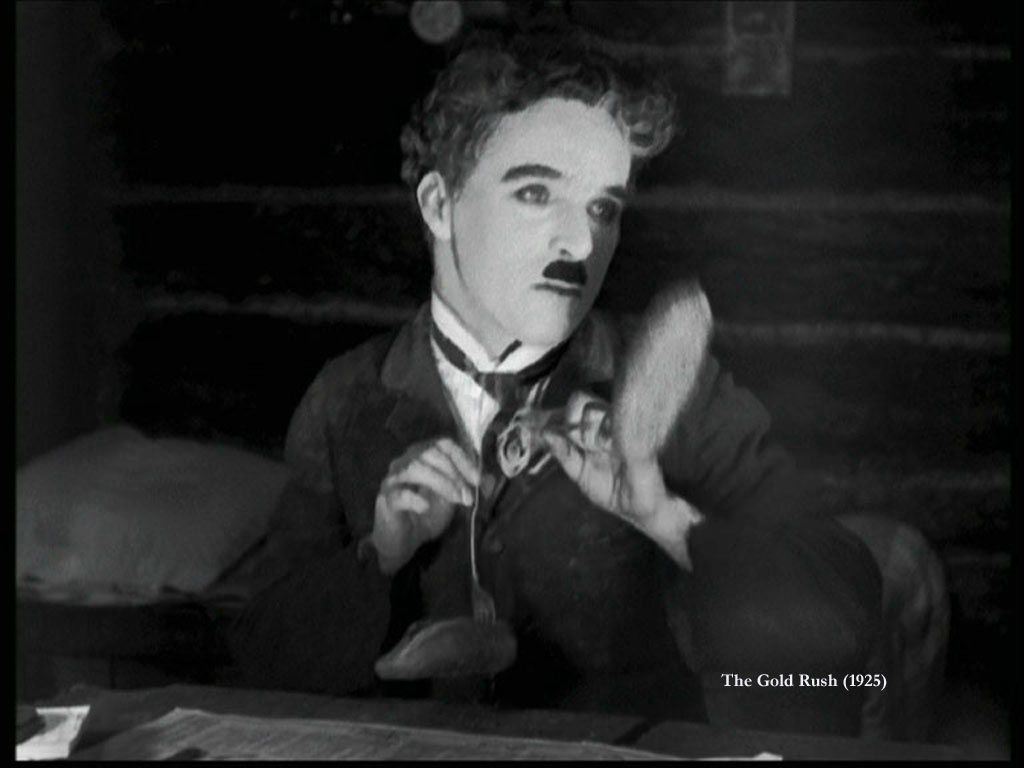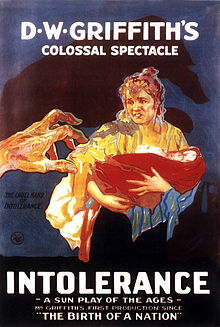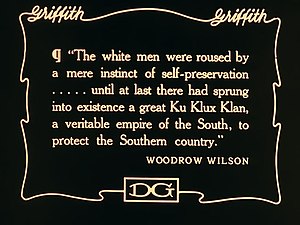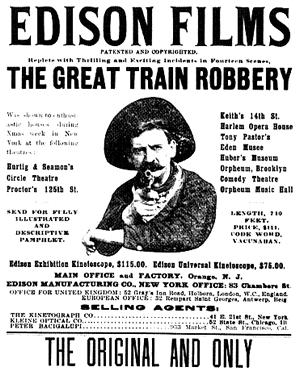Release Year: 1925
Director: Charlie Chaplin
Cast: Charlie Chaplin, Georgia Hale.
Plot: After going to Alaska seeking for gold at the beginning of the century, The Tramp will find himself in an old cottage of a bandid and falling in love with a saloon girl.
Review: second Chaplin movie I review (and surely not the last), and yet I never get tired of seeing him. It's true that I liked 'The Kid' much more, but any film of his is so endearing that you can't help but want to see another one.
Anyway, this time I found the story led entirely by Chaplin. First he fronts an incredibly funny first part trapped in the cottage with the two other gold-seekers. All by himself he gives warmth to the coldest winter with his lovely yet ingenuous character. Even when we get to the unbalanced love story (he's clearly more into her than she is) it's hard not to see how foolish the protagonist is. I simply love how naive he can be, and who doesn't feel sorry when Georgia plays with his heart? 'The Tramp' owns most of the movie's greatest scenes; him, lonely, standing in front of a happy dancing crowd, the famous 'roll dance'... Funny and sweet, Charlie Chaplin is just a genius of his field.

The aforementioned famous 'roll dance' performed by Chaplin in the movie
That's the reason why I can't entirely be happy when she finally wants to be with him. Yes, at the beginning she doesn't know that he's rich and still wants to help him when the guards try to throw him out of the boat, but later when they kiss she already knows it. It takes a wonderful score and one of the best endings of the Silent Era (seriously, what an ending!) to convince you that her feelings are true and noble.
The heartbreakingly beautiful ending of the movie
.jpg)
.jpg)













